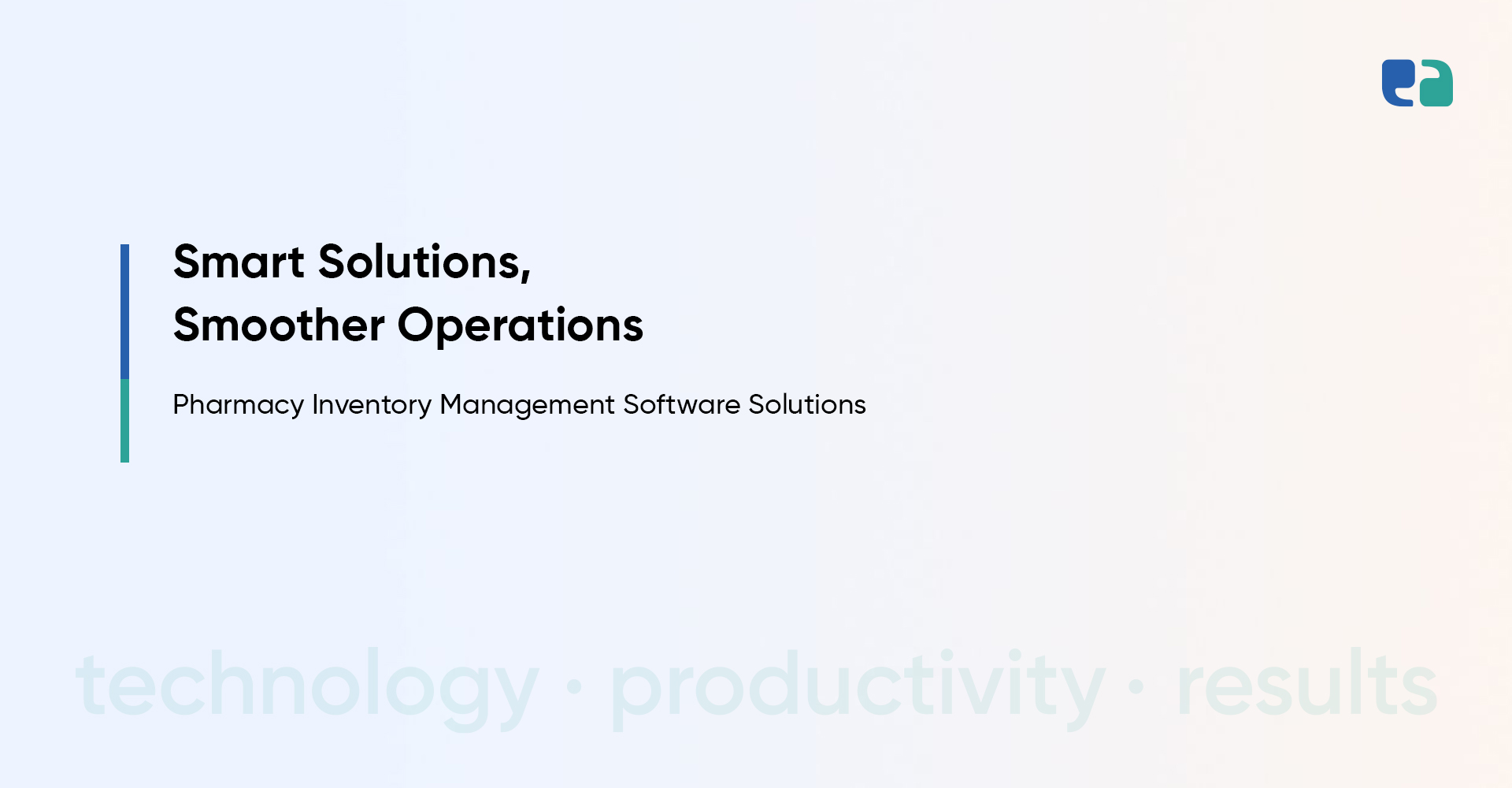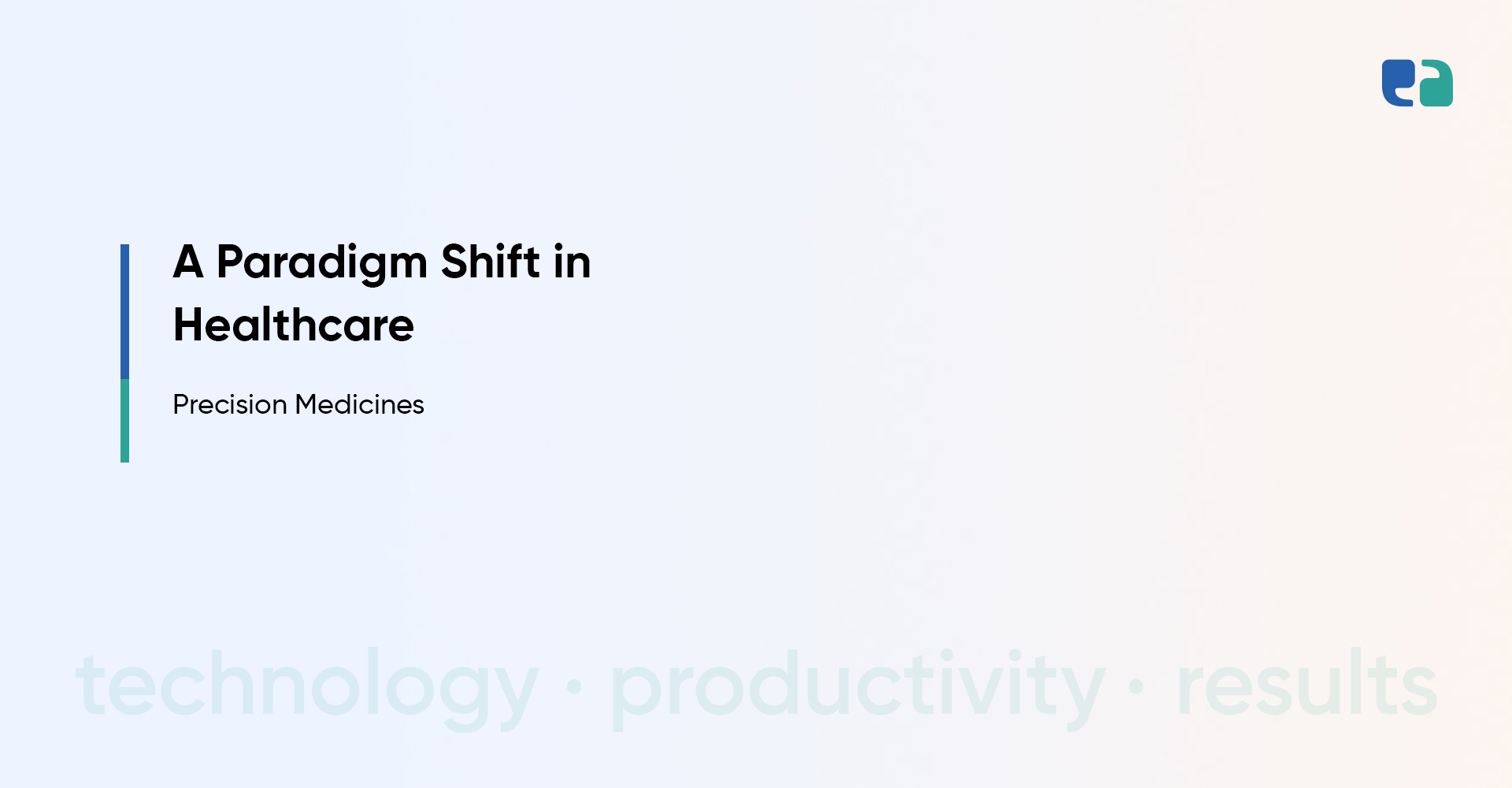With the increasing need for digitization, creating efficient and accurate health insurance software has become more critical than ever before.
However, there are several widespread myths and misconceptions surrounding this area that can cause confusion and hinder progress.
In this article, we’ll dig into seven of the most common myths about health insurance software development and uncover the truth behind them.
So, buckle up, and let’s get started!
1. One-Size-Fits-All Solutions Exist
Many people believe that a one-size-fits-all software solution can cater to the complex needs of health insurance providers.
But the truth is, every organization has its own way of functioning, with different workflows, regulations, and customer bases.
That’s why it’s essential to customize software solutions to align with specific requirements for maximum efficiency and performance.
Don’t settle for a generic solution that fails to meet your unique needs – opt for a tailored approach instead!
2. Compliance Can Be Overlooked
Are you feeling overwhelmed by the complex maze of healthcare regulations and compliance standards?
Trust us, you’re not alone!
It’s easy to underestimate the significance of adhering to regulations like HIPAA, GDPR, or other industry-specific standards.
But the truth is, non-compliance not only exposes you to legal risks but also jeopardizes the security of patient data, eroding trust and credibility.
So, let’s work together to ensure we’re on top of our game when it comes to compliance!
3. User Experience Is Secondary
Have you ever used healthcare software that left you feeling frustrated or confused?
Unfortunately, user experience is often forgotten in the pursuit of functionality.
But here’s the thing – intuitive interfaces and user-centric design are absolutely crucial for ensuring user satisfaction and operational efficiency.
By prioritizing user experience, we can enhance usability and productivity for everyone involved.
So let’s make sure we’re putting the user first and creating software that truly meets their needs.
4. Security Is an Afterthought
As technology keeps advancing, cyber threats are becoming more and more common.
It’s vital for healthcare software development to implement strong security measures that can protect sensitive patient data from potential breaches and cyber attacks.
However, we often see that some prioritize functionality over data protection, and that’s a mistake.
To ensure that your patient data is safe, it’s essential to employ industry-leading security protocols.
Let’s work together to keep your patients’ data secure and private!
5. Integration Is Straightforward
Have you ever wondered how your health insurance software communicates with other systems, such as Electronic Health Records (EHR) and billing platforms?
Well, interoperability is the key to making this happen seamlessly.
But, don’t be fooled by the assumption that integration is an easy process.
Many people underestimate the timelines and complexities involved in achieving interoperability across diverse systems.
To make it work, meticulous planning and collaboration are necessary.
So, let’s work together to ensure that your health insurance system integrates flawlessly with other platforms, making your life easier and more efficient.
6. Maintenance Is Minimal
Software development is more than just deploying the product.
It’s an ongoing process that requires continuous maintenance and support.
Neglecting these crucial aspects can lead to outdated software, compromised performance, and a higher risk of security threats.
That’s why it’s vital to have comprehensive maintenance and support services in place to ensure the long-term success of your software projects.
7. Cost Equals Quality
We all love a good bargain.
But when it comes to software development, opting for the cheapest solution may not be the best idea.
While cost is certainly a factor, equating it with quality is a common misconception that can lead to compromised functionality and hidden expenses down the line.
Instead, prioritize quality and scalability over cost, and you’ll make a sustainable investment that delivers long-term value.
Remember, when it comes to software development, you get what you pay for!
If you want to succeed in the world of health insurance software development, you need to clear all the doubts that may hold you back!
With expert insights from SyS Creations, you can navigate the complexities and achieve your goals with ease.
Don’t let these common misconceptions slow you down – let’s work together to make your project a success!



